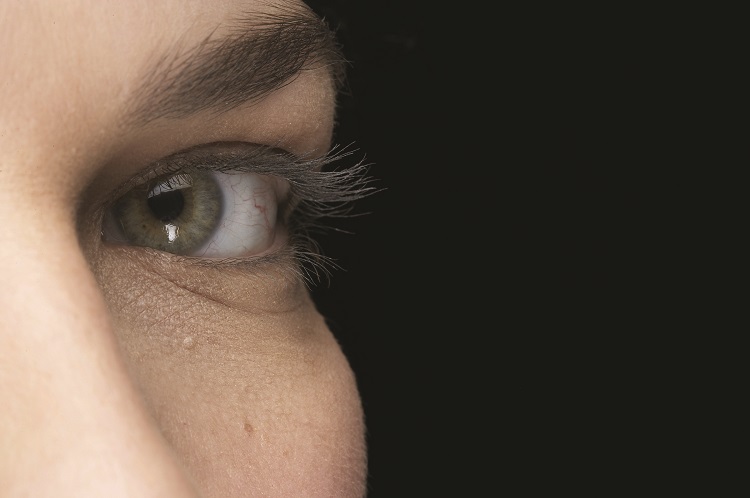

The brightness of the daytime sky also causes the eyes' pupils to contract, reducing the aperture, which makes floaters less blurry and easier to see.įloaters present at birth usually remain lifelong, while those that appear later may disappear within weeks or months. Despite the name "floaters", many of these specks have a tendency to sink toward the bottom of the eyeball, in whichever way the eyeball is oriented the supine position (looking up or lying back) tends to concentrate them near the fovea, which is the center of gaze, while the textureless and evenly lit sky forms an ideal background against which to view them. įloaters are particularly noticeable when looking at a blank surface or an open monochromatic space, such as blue sky. Although the blood vessels of the eye also obstruct light, they are invisible under normal circumstances because they are fixed in location relative to the retina, and the brain "tunes out" stabilized images through neural adaptation. Floaters are, in fact, visible only because they do not remain perfectly fixed within the eye. However, attempting to shift one's gaze toward them can be difficult because floaters follow the motion of the eye, remaining to the side of the direction of gaze. When they are first noticed, the natural reaction is to attempt to look directly at them. Thus, floaters follow the rapid motions of the eye, while drifting slowly within the pocket of liquid.

It lies within the vitreous chamber behind the lens, and is one of the four optical components of the eye. The vitreous humour, or vitreous body, is a jelly-like, transparent substance that fills the majority of the eye. What are those floaty things in your eye? - Michael Mauser, 4:04, TED-Edįloaters are from objects in pockets of liquid within the vitreous humour, the thick fluid or gel that fills the eye, or between the vitreous and the retina. They are not to be confused with visual snow, which is similar to the static on a television screen, although these two conditions may co-exist as part of a number of visual disturbances which include starbursts, trails, and afterimages.

As these objects exist within the eye itself, they are not optical illusions but are entoptic phenomena (caused by the eye itself). They may appear as spots, threads, or fragments of "cobwebs", which float slowly before the observer's eyes, and move especially in the direction the eyes move. It is not often treated, except in severe cases, where vitrectomy (surgery), laser vitreolysis, and medication may be effective.įloaters are visible either because of the shadows imperfections cast on the retina, or because of the refraction of light that passes through them, and can appear alone or together with several others as a clump in one's visual field. The perception of floaters, which may be annoying or problematic to some people, is known as myodesopsia, or, less commonly, as myodaeopsia, myiodeopsia, or myiodesopsia. The common type of floater, present in most people's eyes, is due to these degenerative changes of the vitreous. The vitreous usually starts out transparent, but imperfections may gradually develop as one ages. They are also called muscae volitantes (Latin for 'flying flies'), or mouches volantes (from the same phrase in French). They can become particularly noticeable when looking at a blank surface or an open monochromatic space, such as blue sky.Įach floater can be measured by its size, shape, consistency, refractive index, and motility.

Simulated image of separated, unclumped floaters against a blue skyįloaters or eye floaters are sometimes visible deposits (e.g., the shadows of tiny structures of protein or other cell debris projected onto the retina) within the eye's vitreous humour ("the vitreous"), which is normally transparent, or between the vitreous and retina.


 0 kommentar(er)
0 kommentar(er)
